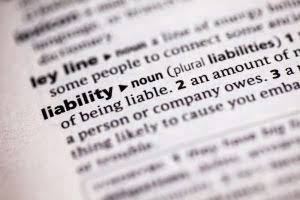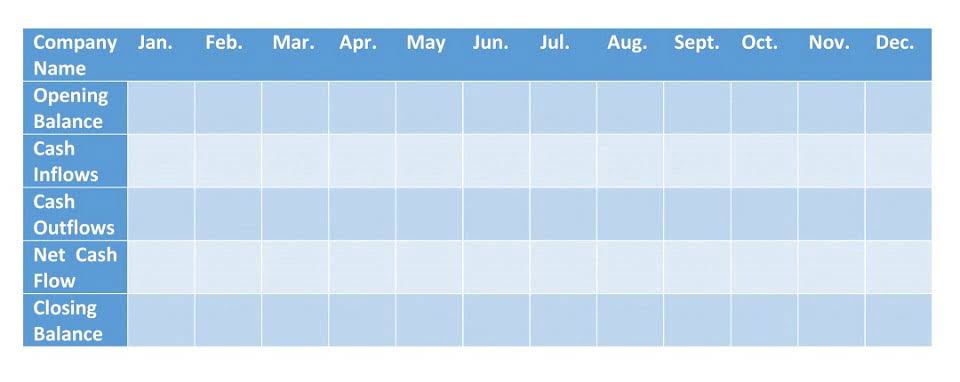
It can go by other names, such as earned surplus, but whatever you call it, understanding retained earnings is crucial to running a successful business. You might also be interested in checking out our complete suite of is retained earnings an asset or liability small business software modules, many of them template-driven. Are you still wondering about calculating and interpreting retained earnings?
- In short, retained earnings are the cumulative total of earnings that have yet to be paid to shareholders.
- Shareholder equity is located towards the bottom of the balance sheet.
- This gives you the amount of profits that have been reinvested back into the business.
- Sandra’s areas of focus include advising real estate agents, brokers, and investors.
- During the year the company incurred a net loss of $120,000 after deducting all the expenses.
- It is easier to understand what retained earnings are after defining them.
- However, it can be challenged by the shareholders through a majority vote because they are the real owners of the company.
Retained earnings, shareholders’ equity, and working capital
Retained earnings is the cumulative amount of earnings since the corporation was formed minus the cumulative amount of dividends that were declared. Retained earnings is the corporation’s past earnings that have not been distributed as dividends to its stockholders. For information pertaining to the registration status of 11 Financial, please contact the state securities regulators for those states in which 11 Financial maintains a registration filing. Retained earnings are important because they can be used to finance new projects or expand the business. Reinvesting profits back into the company can help it grow and become more profitable over time. As such, some firms debited contingency losses to the appropriation and did not report them on the income statement.
The Founder’s Guide to Startup Accounting

Retained earnings are reported in the shareholders’ equity section of a balance sheet. Any item that impacts net income (or net loss) will impact the retained earnings. Such items include sales revenue, cost of goods sold (COGS), depreciation, and necessary operating expenses. Management and shareholders may want the company to retain earnings for several different reasons.
Would you prefer to work with a financial professional remotely or in-person?

Secondly, retained earnings are economic benefits that have already occurred. Note that accumulation can lead to more severe consequences in the future. For example, if you don’t invest in projects or stimulate the interest of investors, your revenue can decrease.
Ultimately, businesses should be aware of the risks and disadvantages of relying on retained earnings to fund operations and growth. This capital has the potential to increase over time, and is a valuable asset to shareholders. Retained earnings do not belong to the company, but to the shareholders.They can be reinvested in the company or distributed to shareholders as dividends. They both may see them as working capital to pay off high-interest debt or invest in growth that will make the company even more profitable given some more time. If money is paid in dividends, it is out of the company and off the books.
- Yes, retained earnings carry over to the next year if they have not been used up by the company from paying down debt or investing back in the company.
- In some industries, revenue is called gross sales because the gross figure is calculated before any deductions.
- Subsequently, they subtract any declared dividends from that balance.
- Well-managed businesses can consistently generate operating income, and the balance is reported below gross profit.
Company Life Cycle

Retained earnings refer to the portion of a company’s profits that are reinvested back into the business, rather than being distributed to shareholders. Over time, retained earnings can have a significant impact on a company’s growth and profitability. Once your cost of goods sold, expenses, and any liabilities are covered, you have to pay out cash dividends to shareholders. The money that’s left after you’ve paid your shareholders is held onto (or “retained”) by the business. Retained earnings are a clearer indicator of financial health than a company’s profits because you can have a positive net income but once dividends are paid out, you have a negative cash flow.
Retained earnings may be used to acquire new assets, pay off debts, or finance operations. As such, these actions may help reduce or eliminate current liabilities. Retained earnings are a major component of a retained earnings company’s financial statements and one of the most important components of shareholders’ equity.

It is important to understand how retained earnings are classified to correctly analyze a company’s financial position. Retained earnings are the cumulative portion of profits that a company has chosen to reinvest in its operations instead of distributing them among shareholders. These profits are usually reinvested in the form of new investments and capital expenditures. This means that retained earnings are not considered a current liability of the company, but an asset instead. The funds are used to pay shareholders in the form of dividends or compensation, and while they are not considered assets of the company, they are an additional equity shareholder capital. ABC Corporation retained earnings at the beginning of 2019 of $350,000.















